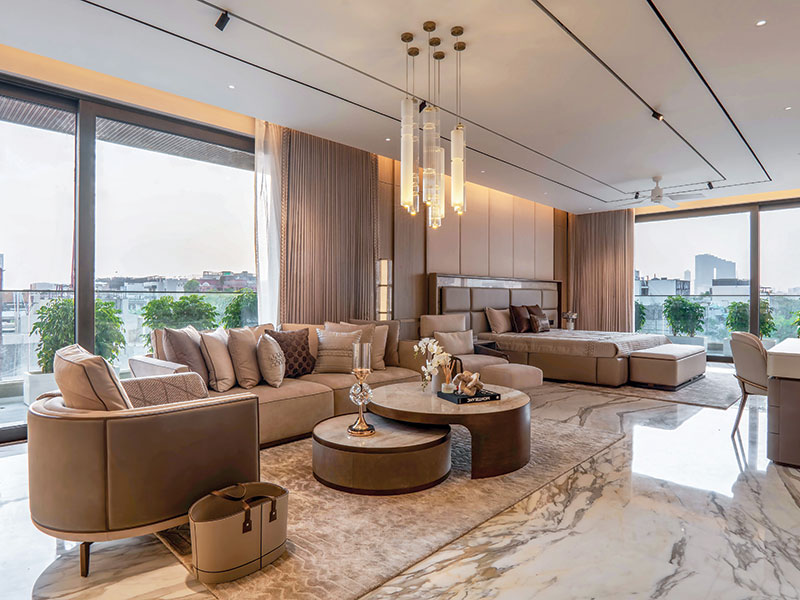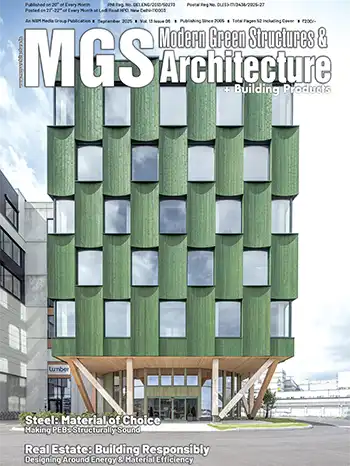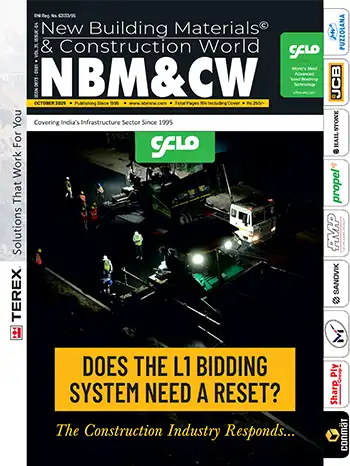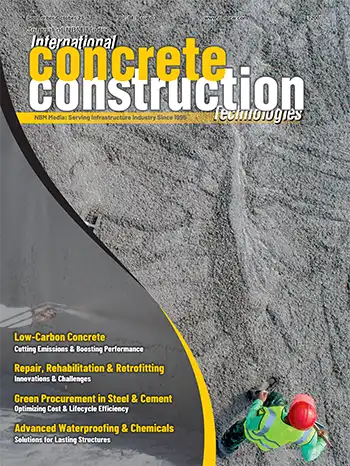
Environmentally responsible and resource-efficient buildings are becoming an integral part and future of the construction industry. Developers, end-users, and the government have understood its need and importance and are adopting it at a fast pace. Real estate developers are focusing on sustainable and green buildings as a way to lower emissions and to tap into the growing market of environment conscious customers.
Sustainability in the real estate context is not only limited to energy conservation but also includes the use of resources, impact on the environment and living conditions. Green buildings incorporate sustainable features like efficient use of water, energy, use of renewable energy and recycled/recyclable materials, effective use of landscapes, and building management systems. A green housing creates less waste and provides a healthier living environment.
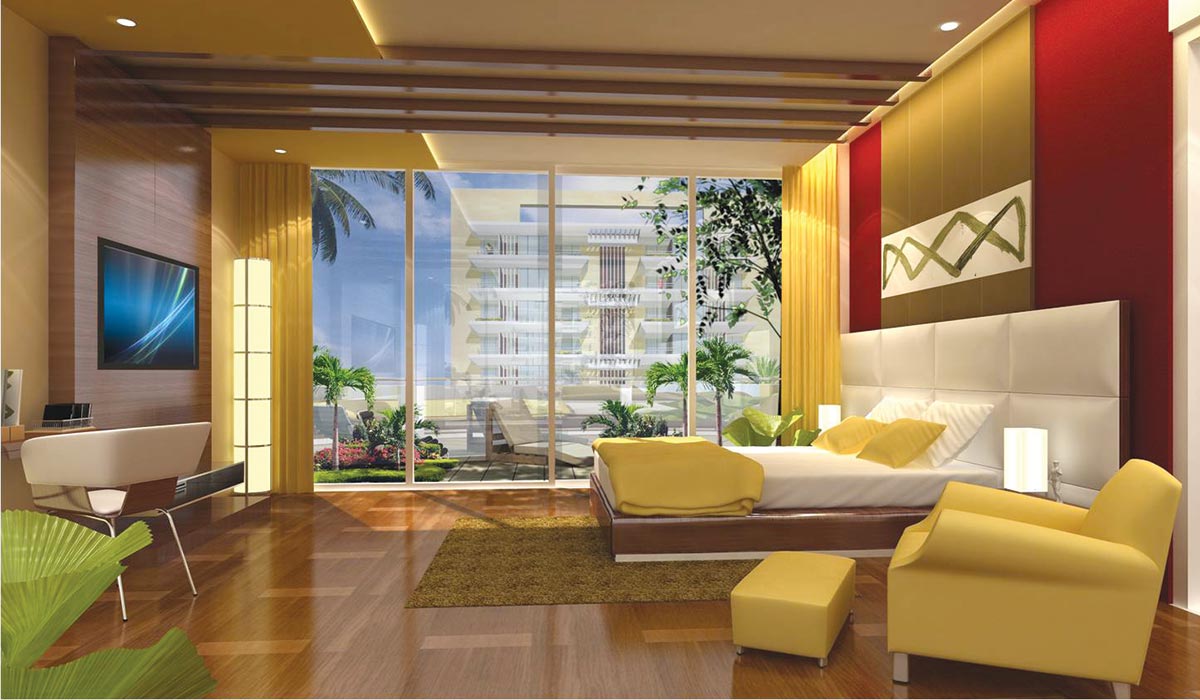 Interiors of Kingsbury Terraces in Sonipat, designed by Studio KIA
Interiors of Kingsbury Terraces in Sonipat, designed by Studio KIAGreen buildings only 2 percent of new constructions in India
India’s growing housing sector is one of the highest contributors to the country’s carbon emissions accounting for 22% of India’s total annual carbon emissions. Buildings account for up to 40% of the total energy consumption in India, of which, residential real estate accounts for over 60% of it. Hence, it is important to move towards sustainable development for residential projects.
According to data, the green building market in India is estimated to double by 2022 at 10 billion sq.ft, valuing around $35-50 billion — second only to the US. As of Sept 2017, around 4,300 projects with about 4.7 billion sq.ft of built-up area had registered for green technology in the country
Chennai leads by example
Chennai is ranked 4th in the country with 321 registered sustainable projects of which 37% are residential, 36% commercial, 6 percent are railway stations operated by MRTS and the rest include factories, landscape and existing buildings. Chennai accounts for more than 10% of structures in India certified as eco-friendly by IGBC.
Advantages of Green Housing
- Health and Wellness – Data from several kinds of research have shown that respiratory problems drop in green buildings.
- Environment-friendly: Saves huge amount of resources like power and water; use of renewable resources for construction; waste efficiency, reuse, and recycling, etc.
- Increased revenue: For both end-user and developer. The added cost of LEED certification is about 2-5 percent of overall cost of a building. A developer can charge a premium for "Green Building" certification and the consumer will, in turn, have higher resale value and higher rental yields.
- Lower costs: Sustainability implies profitability. Green building saves 30%-40% of the power consumption. Hence, reduced electricity bills will bring in huge savings. The additional cost to incorporate green building feature has a payback of just 2-5 years with substantial reduction in operational costs.
- Government incentives: Tax and premium rebates for buildings that meet certain minimum conditions underrating programs; many states in India offer incentives to developers by extra FSI for efficient buildings for no cost, increasing value proposition for them.
- Marketing Tool: Builders can add green building certifications to their list of credentials to attract more customers and investors, as well as draw interest to their projects.
Challenges for developers and buyers
- Additional construction cost, price constraints, difficulty in sourcing sustainable building materials, technologies and service providers or facilitators in India and a long gestation period.
- Design must consider the entire supply chain — from material sourcing, energy modeling, resource reuse, civic amenities, and waste disposal.
- Buyers not keen to pay a premium for green residential projects. Lack of demand and awareness among buyers also makes developers hesitant to invest in this segment.
- Buyers need to be convinced that total ownership cost, including maintenance, over the life-cycle of the property, will actually offer significant savings.







